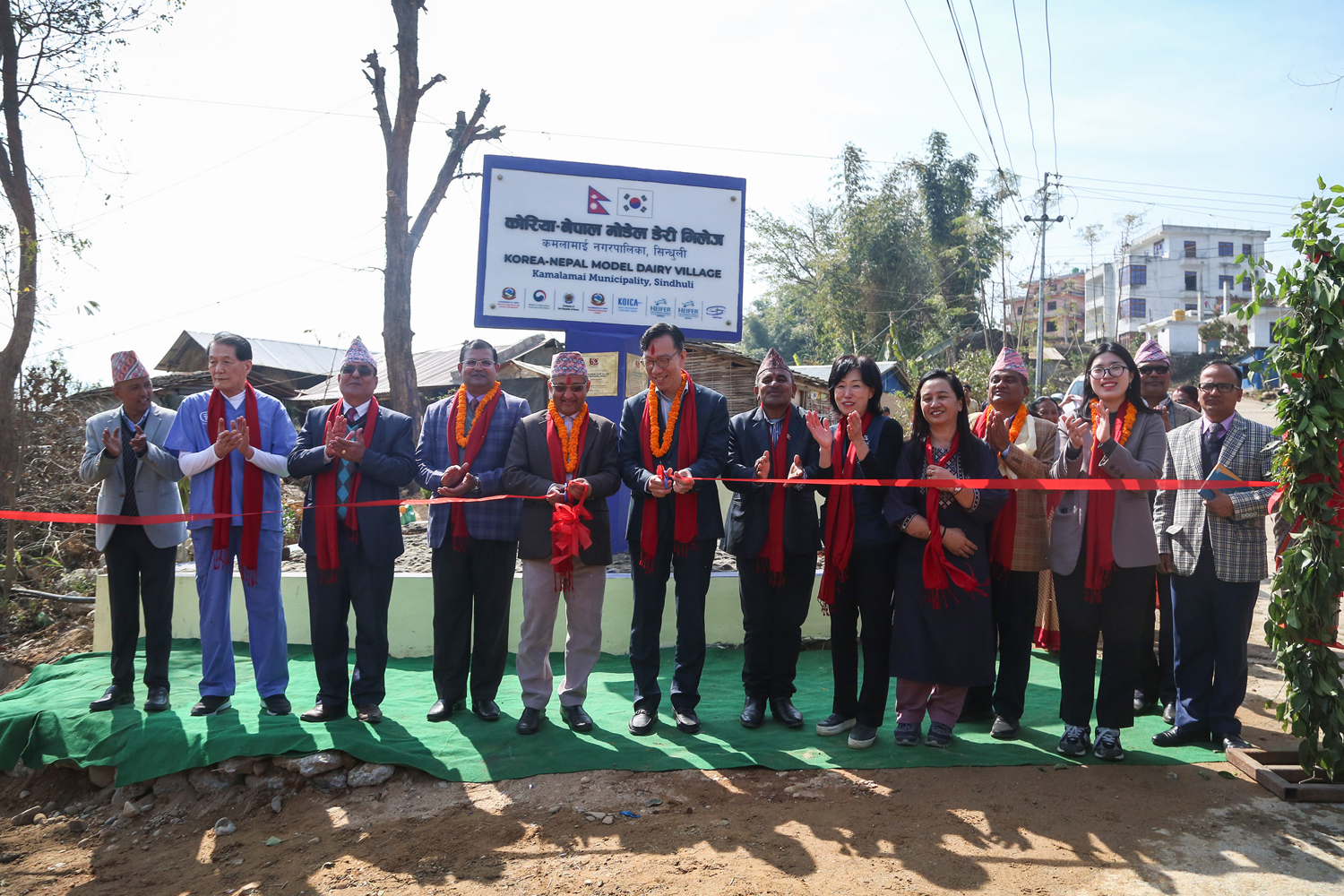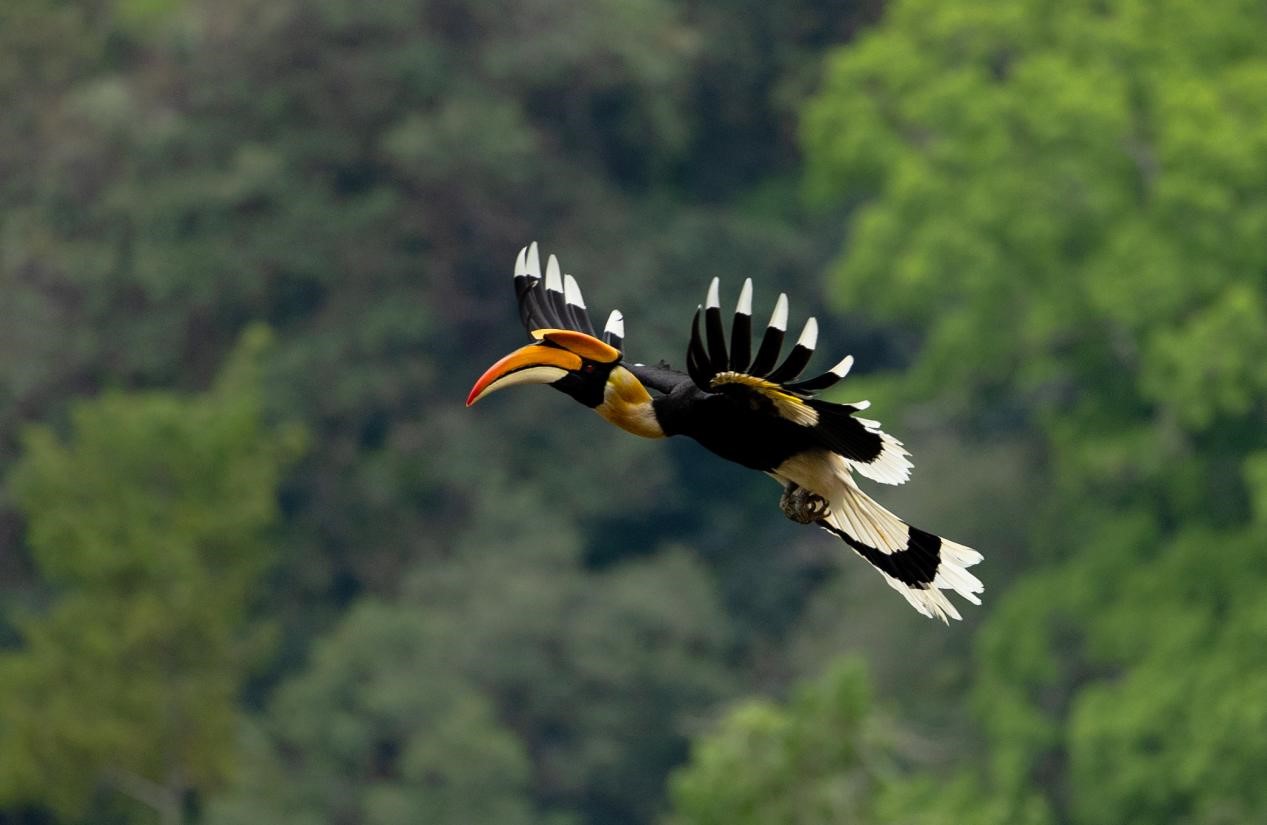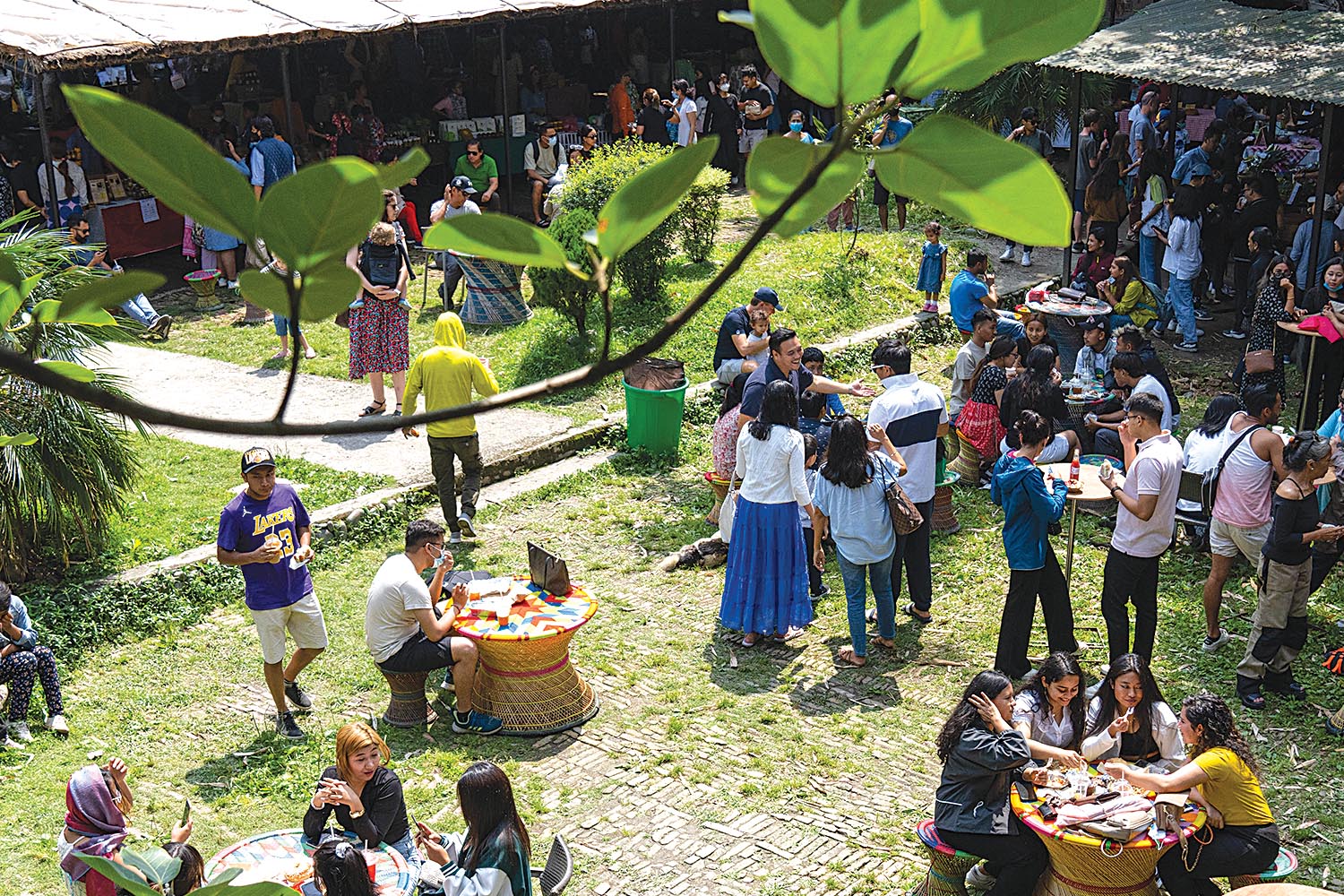Sponsored Content
Towards a prosperous and sustainable dairy future
The collaboration in the dairy sector between South Korea and Nepal is not just a local endeavour. It is a collective initiative that reflects the comprehensive approach of South Korea to enable the local communities of Kamalamai Municipality in Sindhuli to build their economic and social assets through the creation of jobs and women's empowerment.
Prabin Gurung
By Prabin Gurung
Many villages in Nepal are looking for new types of economic purpose and innovative forms of entrepreneurship.
Korea envisions making Sindhuli economically advanced model dairy villages and gradually replicating its success in other parts of the country.
To begin with, on February 6, 2024, Kamalamai Municipality celebrated the birth of Nepal’s first pure-bred Holstein calf from the cows gifted by South Korea in December 2022.
It has been named ‘Gamsa’ in Korean (‘Dhanyabaad’ in Nepali), meaning ‘thank you’.
Under the nationwide initiative mobilised by Heifer Korea, dairy farmers and donors of Korea gifted 100 pure-bred Holstein heifers and 8 breeding bulls, including high-quality frozen semen. The gift indeed is a gesture of cooperation and goodwill between the two nations.
51 households in Kamalamai Municipality have been raising the Holstein heifers.
With the birth of Gamsa, there is optimism for the spillover of the success of Kamalamai Municipality to other parts of the country to boost the production of quality milk and dairy products, whose share in the country's Gross Domestic Product (GDP) currently stands at 8 percent.
High-yielding cows have given hope to enhance food security and contribute to the development of a robust agricultural economy in Nepal.
Gamsa’s owner Guna Kumari Ghimire of Rajapani-5, Kamalamai Municipality is excited.
“We are so happy to see Gamsa so healthy and strong. My family named her Gamsa because we are thankful for the gifts we received from South Korea.”
She further highlighted the continuous assistance from Korean dairy experts and veterinarians, who made several visits to her shed and provided specialised training and other support like livestock management and modernisation of sheds, proper feeding practices, and strategies for disease prevention.
On average, Holstein cows can produce over 30 litres of milk per day, which is more than three times the typical yield of most local cows in Nepal.
Currently, in Kamalamai Municipality, 74 other heifers are pregnant.

This shows the significance of the Korean cows and their successful adaptation to the new environment and conditions.
A symbolic “Passing on the Gift®” ceremony to commemorate the calf’s birth was organised on February 13, 2024, in Sindhuli.
This was followed by the inauguration of the “Korea-Nepal Model Dairy Village” by Ambassador Tae-Young Park of the Republic of Korea to Nepal and Dr. Rewati Raman Poudel, Secretary – Livestock Development, Ministry of Agriculture and Livestock Development.
“This year marks the 50 years of diplomatic relations between the Republic of Korea and Nepal. The birth of this calf symbolises the enduring friendship between the two nations and marks the beginning of what will become a nucleus herd of productive dairy cows,” said Ambassador Tae-Young Park.
“The inauguration of the Korea-Nepal Model Dairy Village is Korea’s first attempt to build a dairy village overseas.”
Furthermore, he expressed optimism that the "Korea-Nepal Model Dairy Village" would effectively serve as the foundation for developing Nepal's dairy industry.
This involves harnessing the potential of Korea's genetically improved dairy cows and establishing a platform to transfer Korea's invaluable experience and advanced technology in the agriculture and livestock sector in Nepal.
The newly-born calf along with the inauguration of the Korea-Nepal Model Dairy Village is a significant achievement for the Milky Way Project, a joint initiative of the government of Nepal, the Republic of Korea, and Heifer International, aimed at transforming the dairy sector of Nepal through the genetic improvement of cattle.
The project seeks to develop the local dairy sector, creating opportunities for increased income and employment in Sindhuli.
Little Gamsa is also a symbol of Korea's remarkable journey.

Once a recipient of development support, in the form of animals and eggs from Heifer International during the 1950s, Korea is now a donor nation.
It has extended help and support to the people of Nepal in recognition of the tremendous support they received 70 years ago.
Now, Korea has launched the Passing on the Gift® initiative to Nepal to close the loop on a decades-old gift.
The transfer of Holsteins to Nepal is an example of Heifer's Passing on the Gift model.
This model, integral to Heifer's programmes, promotes sustainability by encouraging recipients to pass on their firstborn female to other families and communities in need, fostering a network of self-reliance.
Passing on the Gift is an important cornerstone of Heifer’s Values-Based Holistic Community Development model, which strives to foster sustainable, locally-led development and empowers farmers to become donors themselves.

Under the initiative, farmers feel pride in giving to multiply the impact of the initial investment.
Last November, Minister for Agriculture and Livestock Development Beduram Bhusal and Korean Minister for Agriculture, Food and Rural Affairs Chung Hwang-keun signed a bilateral Memorandum of Understanding to advance cooperation in the agriculture and livestock sectors.
“The Korean government is extending its support in diverse ways, beyond donating heifers, to ensure that the Nepali dairy industry can follow the path Korea has taken. We are proud of this effort, and we are happy to be friends of the people of Nepal,” said Korean Minister Chung.
Korea and Nepal have developed reciprocal and cooperative relations based on long-standing trust and friendship.
Both countries look forward to sharing the experience and know-how gained in this work.
The collaborative efforts between the two nations not only raise the benchmarks of Nepal's agricultural and livestock sector, but also strengthen economic resilience by fostering diverse income-generating opportunities, enhancing livelihoods, and ensuring food security — paving the way for a more resilient and prosperous future in Nepal's economy.




 13.05°C Kathmandu
13.05°C Kathmandu





